Biko, Budbod and Binangkal and The Filipino Love Language We Call "Pasalubong”
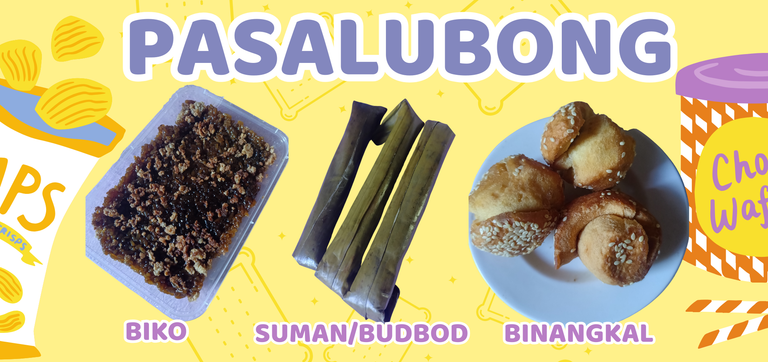
Hello, fellow Hivers!
If there’s one Filipino gesture that is almost always present to every family, it’s the tradition we lovingly call pasalubong. The word is associated with bringing home something that can be eaten or a thing. A simple way to express, “I thought of you.”
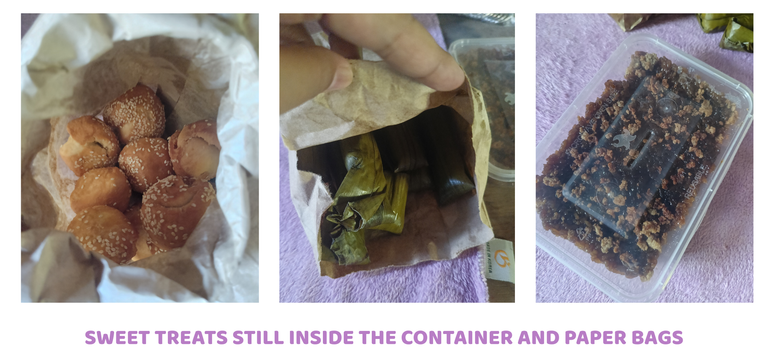
Earlier this morning, my husband brought home biko, budbod (or suman), and binangkal. He got this small tub of biko for ₱50 and the budbod and binangkal at ₱5 each. The biko and the budbod were bought from a food stall outside the hospital, where he accompanied my mother to get an anti-tetanus shot after she got a wound from a thumbtack that was stuck on her slipper. (Don’t worry, thank God, she’s fine now!) And the binangkal is from a bakery just along the way going home.

Do you know what is binangkal? I don’t know if it’s also in your localities. It’s a small, round bread made from flour, deep-fried until golden, and coated with sesame seeds. It’s crunchy on the outside, soft on the inside, and usually paired with coffee.
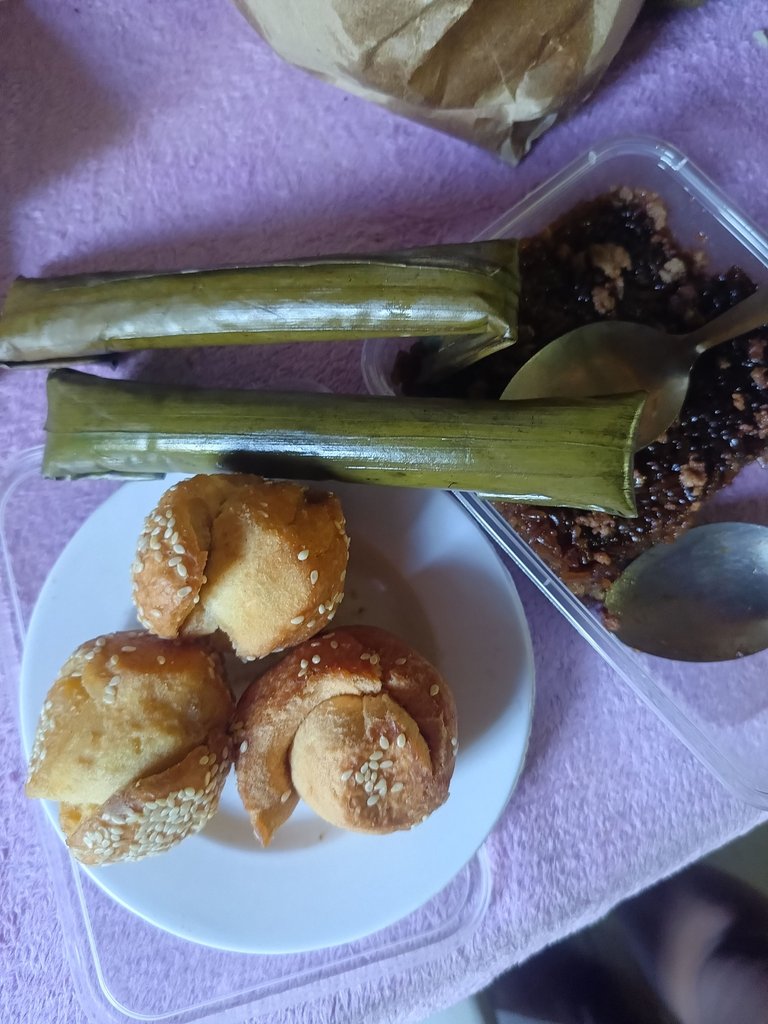
My husband knew I love anything made with sticky rice and and any sort of kakanin (bite sized sweet local desserts). That’s why the biko and budbod were popular. These delicacies are often cooked during special occasions like birthdays, fiestas, and holidays. But now, they have become everyday favorite snacks, available almost anywhere.
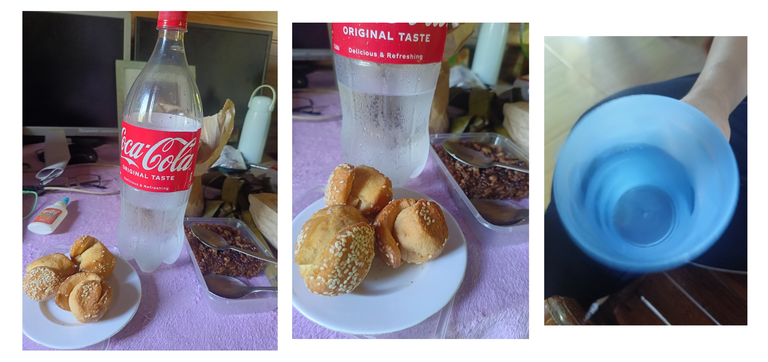
We paired our sweet pasalubong with a glass of cold water (we reused a bottle from a well-known soft drink here in the Philippines) because the weather today is really hot. While enjoying our snacks, my sister started her sing along session with YouTube, another classic Filipino thing.

After a couple of minutes, another something very Filipino happened. A piece of biko was left in the container. Everyone saw it but no one took it. It has become an unspoken rule in many Filipino homes, we leave the last bite because we don’t want to seem selfish or maybe we’re hoping someone else gets it instead.
But after a while, I gave in. I smiled, grabbed the spoon, and said, “Ako na ni ha!” (ok this is mine now), with a big smile.
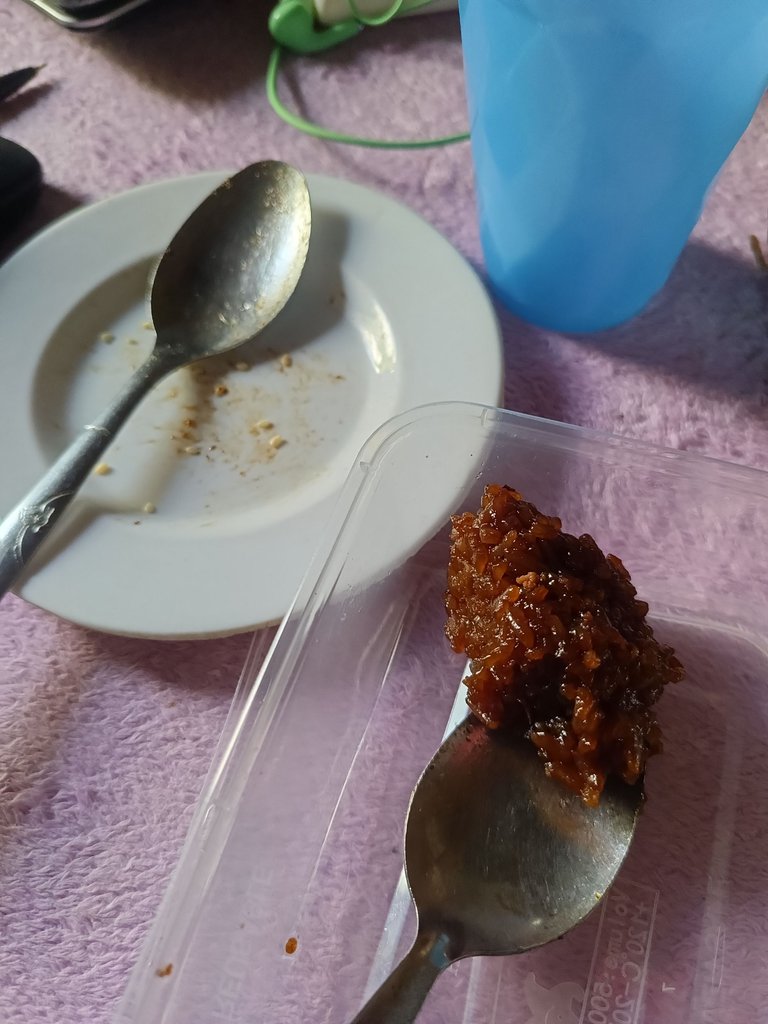
That’s what pasalubong is. More than the food, it’s a gesture of thoughtfulness, to bring something for the loved ones whether it’s from a long vacation or just a quick visit to a grocery store. In Filipino culture, even a parent who went to the market often brings something, a loaf of bread, a small toy, a keychain, or a sweet treat.
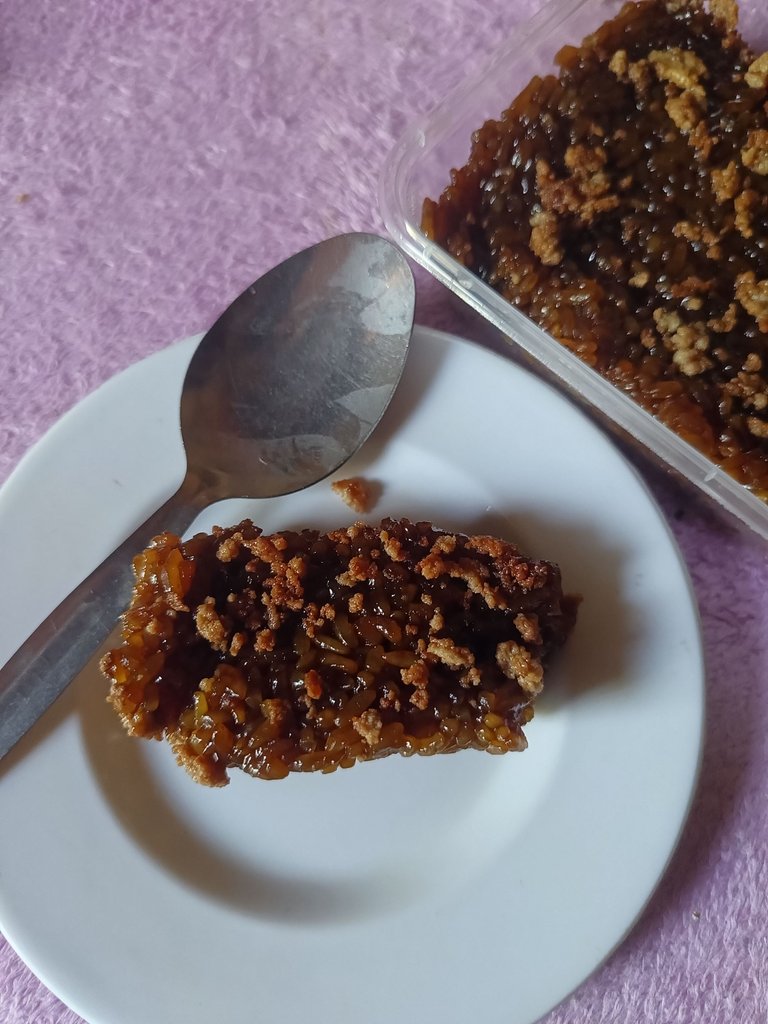
Pasalubong has become our love language.
This tradition reminds me that sometimes, it’s the smallest gestures that carry the most meaning.

Here’s to more shared bites, sweet traditions, and yummy pasalubongs. Because it’s in these simple joys where the heart of being Filipino lies.
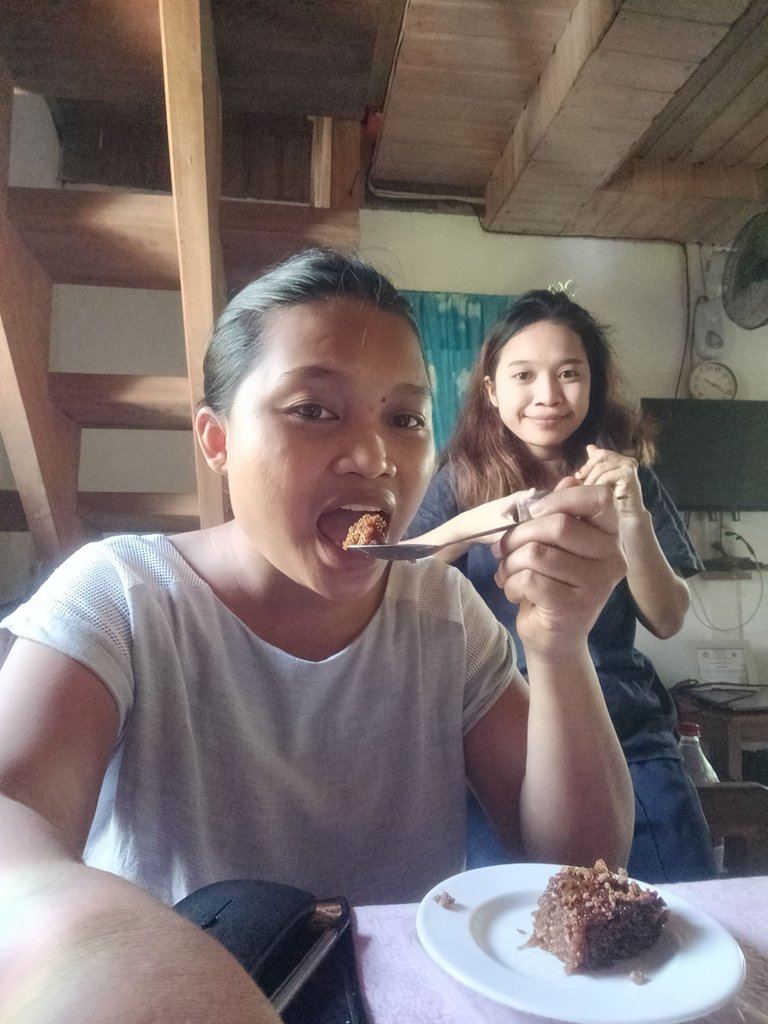
Do you practice pasalubong, too? You may not know the word but may be you have been doing it all along.
Note: Photos and words are mine and photos are edited using Canva.

Thank you so much for this! I am honored to have been curated by you!
Local food here in the Philippines. The binangkal is really hard when eating it rather than the budbud. My bias is this budbud because it's made of sticky rice. In fact, I was eating that yesterday and it was delicious. !wine
Congratulations, @vinzie1 You Successfully Shared 0.300 WINEX With @heymariel.
You Earned 0.300 WINEX As Curation Reward.
You Utilized 3/3 Successful Calls.
Contact Us : WINEX Token Discord Channel
WINEX Current Market Price : 0.031
Swap Your Hive <=> Swap.Hive With Industry Lowest Fee or Highest Reward : Click This Link
Read Latest Updates Or Contact Us
Yes budbud is the best. Can be prepared for any occasion as a dessert!
Pasalubong is a beautiful love language, one that doesn’t need grand gestures, just sincerity and thoughtfulness. The biko, budbod and binangkal, that’s a true merienda feast and perfect with coffee.
Congratulations @heymariel! You have completed the following achievement on the Hive blockchain And have been rewarded with New badge(s)
Your next target is to reach 700 upvotes.
You can view your badges on your board and compare yourself to others in the Ranking
If you no longer want to receive notifications, reply to this comment with the word
STOPCheck out our last posts:
⋆ ᴛʜᴇ ᴘʟᴀᴄᴇ ғᴏʀ sᴏᴜᴛʜᴇᴀsᴛ ᴀsɪᴀɴ ᴄᴏɴᴛᴇɴᴛ ᴏɴ ʜɪᴠᴇ
⋆ sᴜʙsᴄʀɪʙᴇ ᴛᴏ ᴛʜᴇ ᴀsᴇᴀɴ ʜɪᴠᴇ ᴄᴏᴍᴍᴜɴɪᴛʏ
⋆ ғᴏʟʟᴏᴡ ᴛʜᴇ ᴀsᴇᴀɴ ʜɪᴠᴇ ᴄᴏᴍᴍᴜɴɪᴛʏ ᴠᴏᴛɪɴɢ ᴛʀᴀɪʟ
⋆ ᴅᴇʟᴇɢᴀᴛɪᴏɴ ʟɪɴᴋs 25 ʜᴘ⇾50 ʜᴘ⇾100 ʜᴘ⇾500 ʜᴘ⇾1,000 ʜᴘ